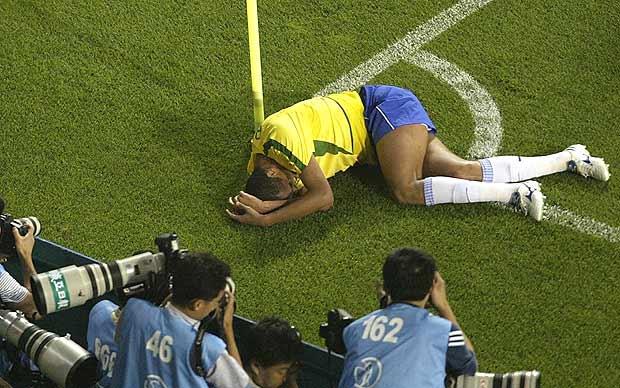 There’s a right and wrong way to do everything. Just like there’s a right way to shoot a basketball, a right way to kick a soccer ball, and a right way to shoot a hockey puck, there’s a right way to take a dive or a flop.
There’s a right and wrong way to do everything. Just like there’s a right way to shoot a basketball, a right way to kick a soccer ball, and a right way to shoot a hockey puck, there’s a right way to take a dive or a flop.
The art of diving is becoming a lost one in many North American sports and is less prevalent in European football as it once was. It is however, still quite popular in Latin America, Italy and Spanish speaking countries.
The dive in hockey has dwindled in its use since the NHL carelessly implemented a rule that would assess a penalty to any player suspected of diving. This is a mistake as it has taken an artistic element out of the game, and taken away an advantage from players who have perfected the art of diving to draw penalties.
In basketball, the “flop” is the equivalent of the dive, and there is an art form to it as well. Players who flop all the time seldom get offensive foul call against the opposing player. But a well timed flop could mean the difference in the game. A well timed flop could put an opposing offensive player in foul trouble and cause a much needed turn-over in a crucial point in the game.
The defensive flop must always appear genuine for the referee to acknowledge it. The best floppers are able to make the contact look much more severe than it really was. In fact, the best floppers by playing aggressive defence, are able to bait their opponents into making an aggressive move before they flop. The more aggressive of a move the opponent makes the better chance an offensive foul will be called on the flop. Anderson Varejao is one of the best in the NBA at flopping, and Pau Gasol isn’t far behind him in that category. Watching both players execute the flop is a beautiful thing.
In soccer, the dive has been around since the beginning of the game. Some dives have gone down in history for infamy, like when Rivoldo executed arguably one of the most horrendous dives in the history of the game when he pretended to be struck in the face. The replay later revealed the elaborate hoax and FIFA fined Rivoldo for it. Other dives are legendary, as in the case of Zidane, when he was baited into an anger outburst from Italian soccer player Materzzi. The force of the headbutt didn’t actually knock Materazzi down, but his talent for diving got Zidane ejected from the game and lead to Italy winning the World Cup.
The lesson to be learned when diving is that tact, poise and a graceful delivery are essential ingredients to making a dive both credible and worthy of a call from an official.
